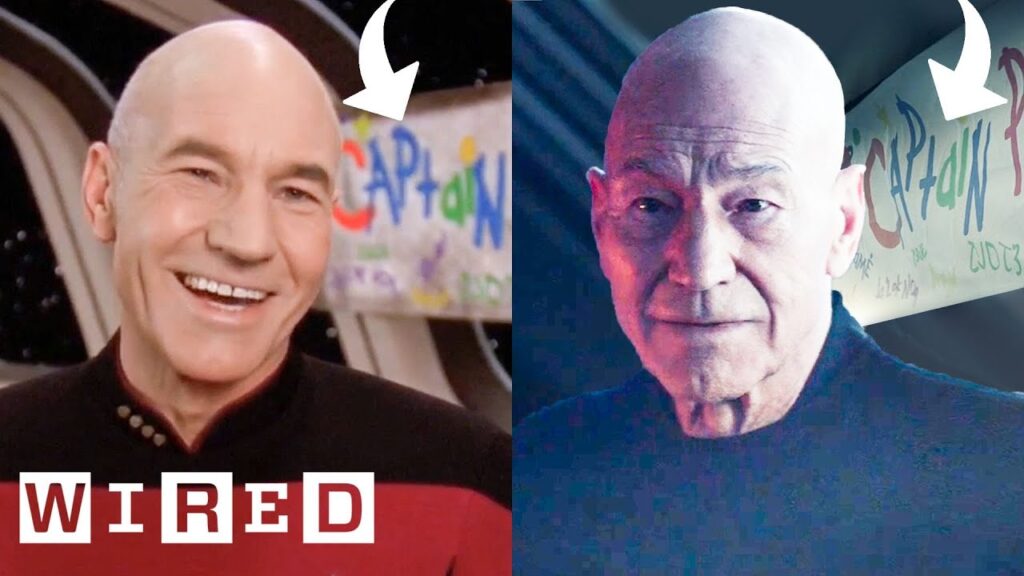The Art of Creating Fictional Languages in Movies and TV Shows
Summary
In this article, we explore the fascinating world of fictional languages in movies and TV shows. From Sindarin to Iwaki and Heptapod, we delve into how these languages are created to add authenticity to the story, the challenges of creating languages for non-human characters, and the appreciation for the hard work put in by the creators of these conlangs.
Table of Contents
- The Creation of Sindarin
- Iwaki and the Inspiration of Real-Life Languages
- Challenges in Creating Languages for Non-Human Characters
- The Heptapod Language and its Unique Concept of Time
- Conclusion
The Creation of Sindarin
One of the most famous fictional languages is Sindarin, one of the Elvish languages created by J.R.R. Tolkien. Sindarin is an example of a language that is easy to pronounce and uses sounds found in English, with influences from other languages such as Finnish and Old Norse. The grammar and vocabulary are also based on Welsh, which Tolkien was familiar with. The result is a language that sounds beautiful and authentic, adding to the immersive experience of the story.
Iwaki and the Inspiration of Real-Life Languages
Other languages, such as Iwaki from Return of the Jedi, are inspired by real-life languages but do not have a proper grammar or meaning. Iwaki is based on the African language Swahili, but the words are not used consistently and do not have a coherent structure. This is done intentionally to create a sense of exoticism and otherness, adding to the alien nature of the Star Wars universe.
Challenges in Creating Languages for Non-Human Characters
Creating languages for non-human characters, such as droids and aliens, presents unique challenges. These characters do not have the same vocal abilities as humans, so their languages must be designed to reflect this. Inflection and tone can convey meaning in addition to words, and the use of clicks, whistles, and other non-verbal sounds can add to the authenticity of the language. The result is a language that sounds alien and strange, but still communicates meaning to the audience.
The Heptapod Language and its Unique Concept of Time
One of the most unique fictional languages is the Heptapod language from the movie Arrival. The Heptapods have a unique concept of time that differs from human understanding. Their language is written in a circular, non-linear manner that expresses concepts all at once. Linguists call this non-linear orthography. The sound designer created a representation of this concept by layering different sounds on top of each other, creating a sense of complexity and depth.
Conclusion
Creating a language from scratch that mimics natural language is an extraordinary task that requires a lot of work. The creators of these conlangs are appreciated for enriching our entertainment and storytelling experiences. From Sindarin to Heptapod, these languages add to the immersive experience of the story, making the fictional world feel more real and authentic.







